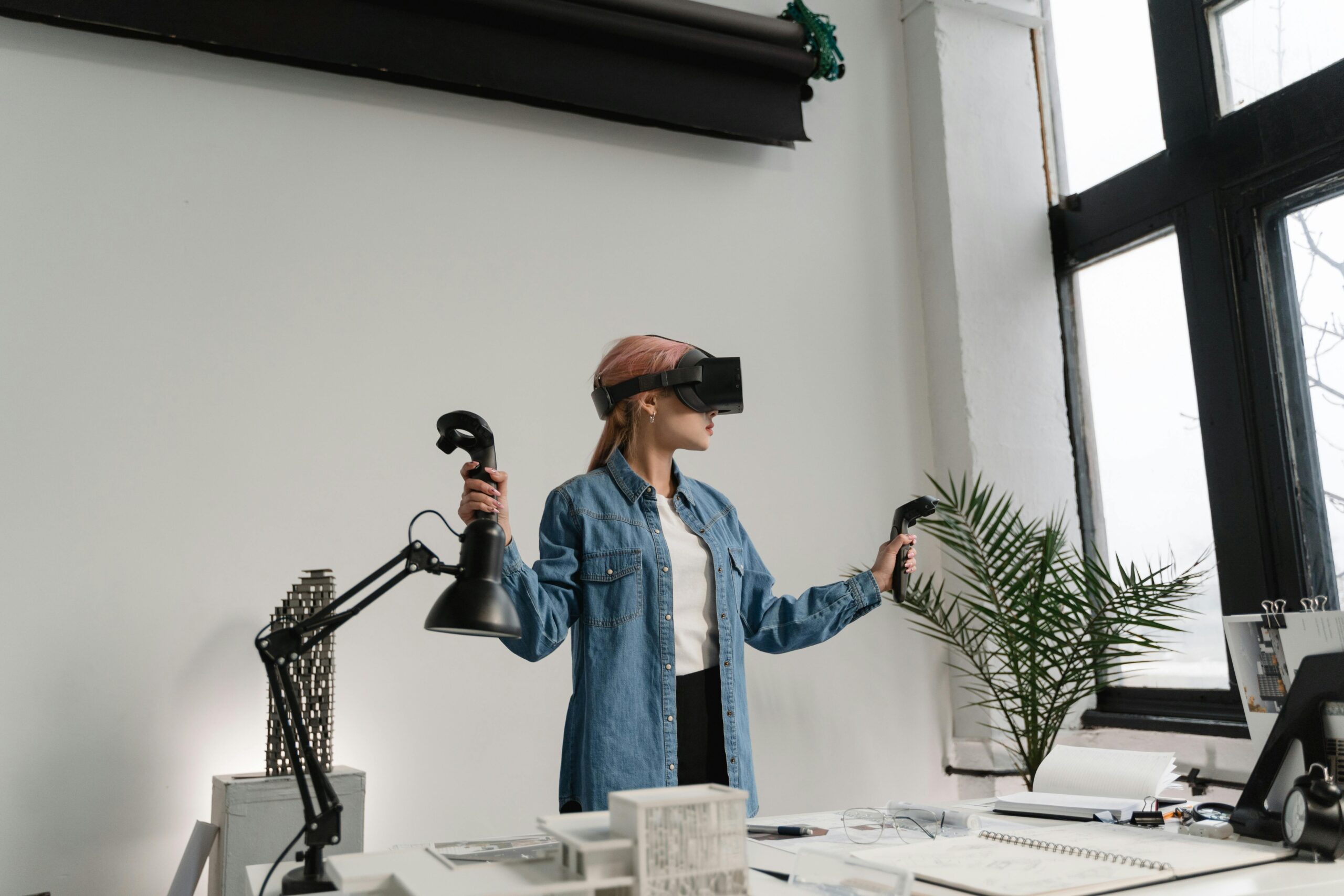Top Visual Design Trends Impacting UX in 2025: Crafting Intuitive and Engaging Experiences
As we step into 2025, the landscape of User Experience (UX) design continues its rapid evolution, heavily influenced by advancements in technology, changing user behaviors, and a growing emphasis on accessibility and personalization. At the heart of compelling UX lies visual design, the aesthetic and functional choices that shape how users perceive and interact with digital products. These aren’t just fleeting fads; they are emerging trends that fundamentally impact usability, engagement, and ultimately, the success of digital platforms.
1. Hyper-Personalization Through Adaptive Interfaces
Gone are the days of one-size-fits-all interfaces. In 2025, visual design is increasingly adapting to individual user preferences, behaviors, and contexts. This goes beyond simple dark mode toggles. We’re seeing interfaces that dynamically adjust color palettes, typography, layout, and even the prominence of certain features based on user history, time of day, location, and even emotional state (inferred through subtle interactions). The goal is to create a truly bespoke experience that feels intuitively tailored to each user, enhancing comfort and efficiency.
2. The Rise of Subtle Motion and Micro-Interactions
While flashy animations can be distracting, 2025 emphasizes the power of subtle motion. Micro-interactions, small, delightful animations that provide feedback (e.g., a button subtly changing color on hover, a checkmark appearing after a successful action), are becoming more sophisticated and integral to the UX. These aren’t just aesthetic flourishes; they guide the user’s eye, confirm actions, communicate status, and add a layer of polish and responsiveness that makes an interface feel alive and intuitive. Expect more nuanced transitions, parallax scrolling, and gentle kinetic typography that enhance storytelling without overwhelming the user.
3. Embracing the “Anti-Design” Aesthetic with Purpose
In a world saturated with polished, corporate aesthetics, a counter-movement towards “anti-design” is gaining traction. This trend embraces asymmetry, unconventional layouts, clashing colors, and raw typography. However, in 2025, this isn’t just about rebellion; it’s about using these elements with purpose to create unique brand identities, evoke specific emotions, and break through visual clutter. When executed thoughtfully, anti-design can make an interface feel more authentic, human, and memorable, challenging traditional notions of beauty while still prioritizing usability.
4. Immersive Experiences: Beyond the Flat Screen
As AR (Augmented Reality) and VR (Virtual Reality) technologies become more accessible, visual design is extending beyond the traditional 2D screen. Designers are now crafting experiences for spatial computing, where interfaces are integrated into the physical world or exist in fully immersive virtual environments. This requires a new understanding of depth, perspective, haptics, and how users interact in three-dimensional spaces. The principles of visual hierarchy and user guidance remain, but their application takes on new dimensions.
5. Data Visualization as a Storytelling Art
With the explosion of data, the ability to present complex information clearly and engagingly is paramount. In 2025, data visualization is evolving beyond mere charts and graphs into a sophisticated storytelling art form. Visual designers are using dynamic, interactive, and aesthetically rich visualizations to make data more accessible, understandable, and impactful. This involves creative use of color, animation, and narrative structures to guide users through insights, transforming raw data into compelling narratives.
Mastering the Craft: The Importance of Education
To navigate these evolving trends and create truly impactful user experiences, a strong foundation in design principles and methodologies is crucial. This is precisely why a comprehensive UI UX design course is invaluable for aspiring and current designers. These programs delve into user research, wireframing, prototyping, usability testing, and, critically, the principles of visual design that underpin every successful interface. They equip designers with the theoretical knowledge and practical skills to translate user needs into intuitive and aesthetically pleasing digital products.
Specializing in Visual Excellence: Advanced Training
For those looking to specialize and excel specifically in the aesthetic and communicative aspects of interface creation, a dedicated visual design course can provide an in-depth exploration of color theory, typography, layout, imagery, and branding within the digital realm. These courses often focus on developing a keen eye for detail, mastering design software, and understanding how visual elements influence user perception and emotion. They are perfect for designers who want to refine their craft and become experts in creating visually stunning and highly effective user interfaces that stand out in a crowded digital landscape.
Conclusion: Design for the Human Experience
The visual design trends of 2025 underscore a fundamental truth: technology is merely a tool. The ultimate goal of design is to serve the human experience. By embracing adaptive interfaces, subtle motion, purposeful aesthetics, immersive technologies, and compelling data visualization, designers are not just making things look good; they are crafting intuitive, engaging, and deeply human digital interactions that will define the user experiences of tomorrow.

Leave a Reply